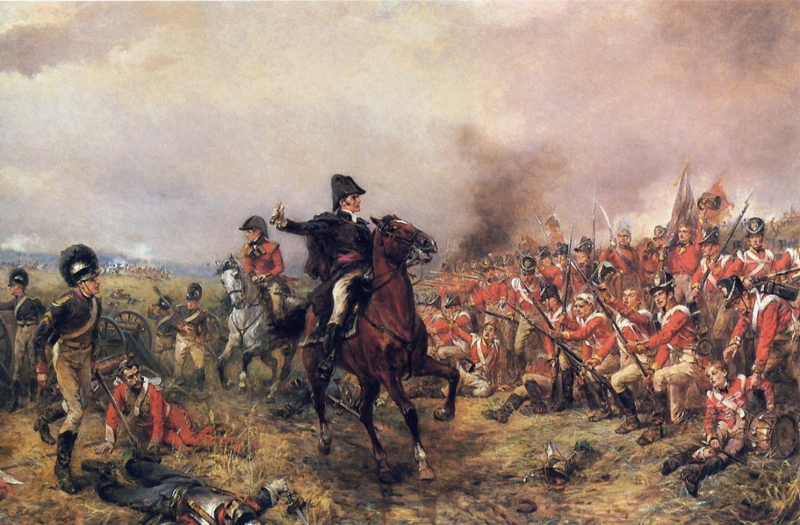Working forwards and working backwards
What we can learn from the military about ‘mapping backwards’ and how this applies to service design

In my previous blog post I wrote about the differences between service design and business analysis. In the breakdown of the roles, skills and mindsets I described how service designers focus on the big picture or vision for a service. Working backwards from an ideal future scenario. I then described how, in contrast, I’d expect business analysts to be working forwards from an understanding of an existing business, organisation, or ‘business as usual’ scenario.
There’s a military analogy used by Anthony King in his book The Blunders of Our Governments. He describes that “in many of the world’s armies, it is standard operating procedure not simply to consider the steps required to move, say, a tank regiment or infantry battalion from point A to point Z, but to imagine instead that the unit in question has already arrived at point Z and to consider what needs to have gone right — and what possibly have gone wrong.â€
This is what he refers to as “mapping backwardsâ€.
“…mapping backwards, instead of relying solely on mapping forwards, concentrates the mind …it focuses [you] to think through operations from the beginning to the very end. The procedure does not allow [you] to plan an operation from point A only as far as point M and then to down tools.â€
If you relate this to service design it means starting with a clear, useful and usable vision for where you want to be. Then working (mapping) backwards.
The difference between analysis and design
Analysis works forwards and design works backwards.
Analysis tells us how things are. It helps us work forwards to improve or maintain a state of business as usual. It starts from where we are. It’s everything that can be understood or optimised in the here and now, and it usually only gets us so far.
Design is about where we could be.
The most value that a dedicated service designer will add to your organisation is their ability to work or ‘map’ backwards from where we could be in the future. They can also help you to imagine what that ideal future state might look like.
This is about setting out what might be possible despite how things are now and the impact this might have on business as usual. It’s a focus towards an ideal future state for a service or organisation and then a process of working backwards through everything that needs to happen, be put in place, or be designed to get us there.
The challenge in a design process is to move things forwards by working or ‘mapping’ backwards.
Most organisations get to the point where they know where they are (analysis). They also realise that they need to deliver significant change to how things work. This means responding to the changing needs and expectations of the people who will use their services and working through how to get there (design).
This blog post is also published on Medium.
This is my blog where I’ve been writing for 18 years. You can follow all of my posts by subscribing to this RSS feed. You can also find me on Bluesky, less frequently now on X (formally Twitter), and on LinkedIn.